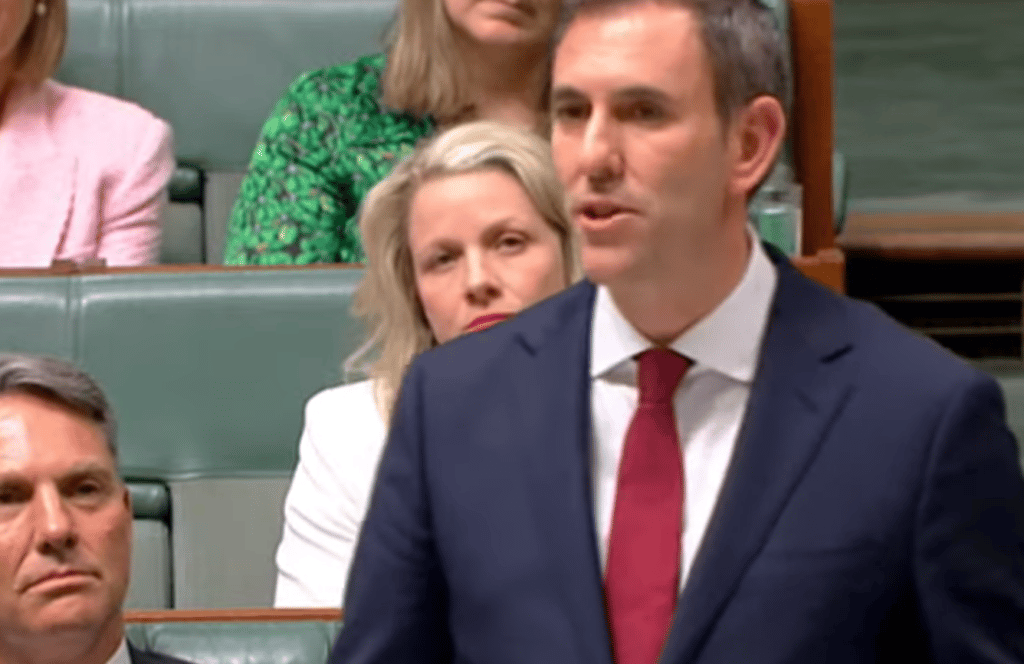We haven’t seen a budget like this in a very long time. One that is intentional about addressing gender equity, and using direct language to highlight the gender gaps Australia has and the opportunity for them to be addressed.
In previous budgets, terms like “gender equity” and “gender equality” have been few and far between, along with any mentions of climate change and climate action.
But this time, in delivering the Albanese Government’s first Budget, Treasurer Jim Chalmers outlined the very direct goal of making Australia “one of the most gender-equal countries in the world”. The Women’s Budget Statement opened with, “gender inequality is holding Australia back”, while the Budget documents openly acknowledge Australia has “a persistent gender pay gap” and “gender discrimination and bias”.
Check out some of the key measures listed in the Women’s Budget Statement here.
To be sure, the measures outlined in this Budget won’t alone see us reaching that goal. Some are disappointing, particularly the still-not-enough funding on ending domestic and family violence. But with large investments into early childhood education and paid parental leave, as well as housing and specific initiatives for addressing the gender pay gap, they are a step in the right direction.
It should be noted also that we’ve got some time to wait before we’ll see any meaningful difference, given the timeline for when some of these measures kick in. The $4.7 billion childcare investment starts midway through next year, while the extension of the paid parental leave scheme will happen progressively to offer six months to parents by the year 2026. There is arguably also more work that can be done here, such as paying superannuation during stints of paid parental leave.
Not to be missed is the “record” $1.7 billion over six years to “end violence against women and children”, noting that the Albanese Government will be working with all jurisdictions to help achieve the National Action Plan. Again, there is further work that can also be done here, especially on allocating more to address the extent of the problem. This funding — over six years — is simply not enough to reach the lofty and as yet un-targeted goal of ending such violence within a lifetime, and leading advocates have expressed disappointment, hoping to finally see something more meaningful here. But the shift on language and the comprehensive plan that was outlined in the weeks prior to the budget, still marks a progressive change.
Meanwhile, the Budget also notes the Government’s promise to introduce a National Strategy to Achieve Gender Equality.
And the Women’s statement also goes on to include a comprehensive analysis on how women are faring on leadership and representation, on pay, health, opportunity and safety. It includes comprehensive stats on the representation of women in Australian parliaments, on boards and more. It highlights how Australia was ranked 43rd of 146 countries in the World Economic Forum Global Gender Gap Index, and notes the stats on violence against women and children.
It goes on to list closing gender gaps as a “national priority”, and states that gender equality brings opportunities for men and women to thrive, making our economy stronger, more inclusive and more sustainable.”
There are also plans to become a leading donor to UN Women, to create gender-based accountability targets within the aid program, and to better advocate for women and girls through strategic forums.
The statement includes a section on single mothers, noting the acute challenges they face on work and financial security, which can cumulate to impact their retirement funding.
And, for the first time, the Australian Government has linked climate change and gender. While we’re yet to see clear measures, the Women’s Statement notes that the Government will push to ensure climate adaption efforts are “socially inclusive and gender-responsive”.
As for investments, childcare and paid parental leave lead the Women’s Budget statement, followed by women’s safety initiatives and investments on narrowing the gender pay gap. The statement also highlights how the Albanese Government’s new Housing Accord will support women’s housing security, including an estimated 4,000 of 20,000 social housing dwellings that will be allocated for women and children fleeing domestic and family violence, as well as older women at risk of homelessness. Plus, there will be 10,000 affordable houses allocated to frontline workers, like nurses and cleaners. There is also a range of investments on women’s health, including for new perinatal mental health centres.
This Budget offers a slow and cautious approach – in line with the bleak economic outlook ahead.
But importantly it’s changing the language. It’s admitting the gaps and highlighting the very real gendered issues we have around pay, employment, representation and the additional hours of unpaid work women are putting in. Gone are the patronising missives about providing choices for women, and aiming to boost confidence. It’s a refreshing and much-welcome change.


